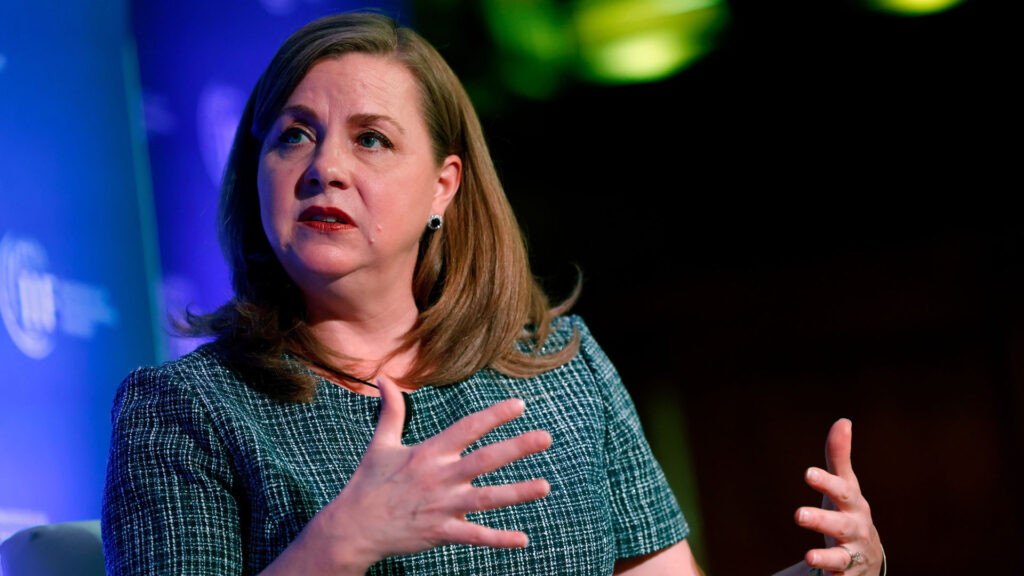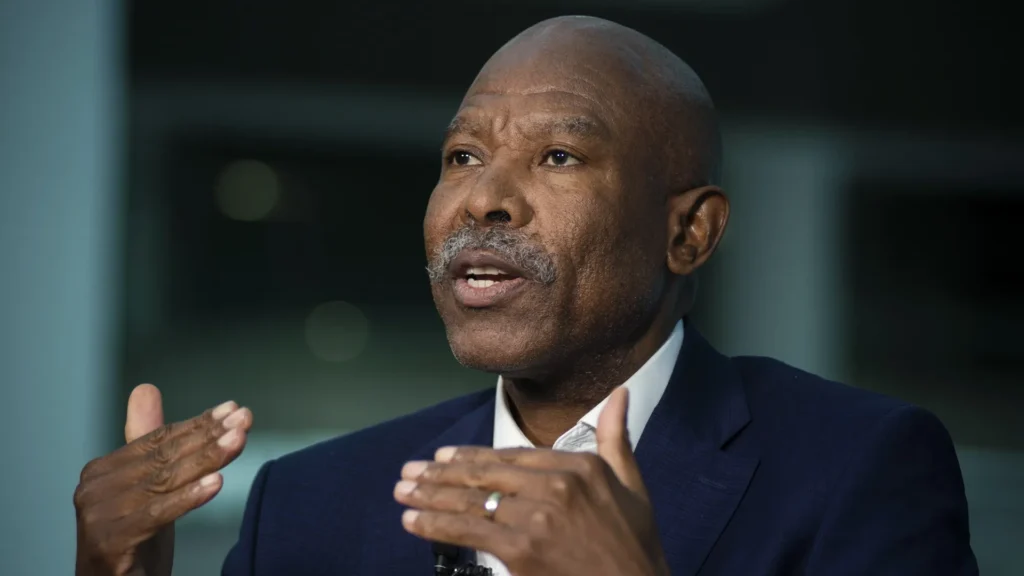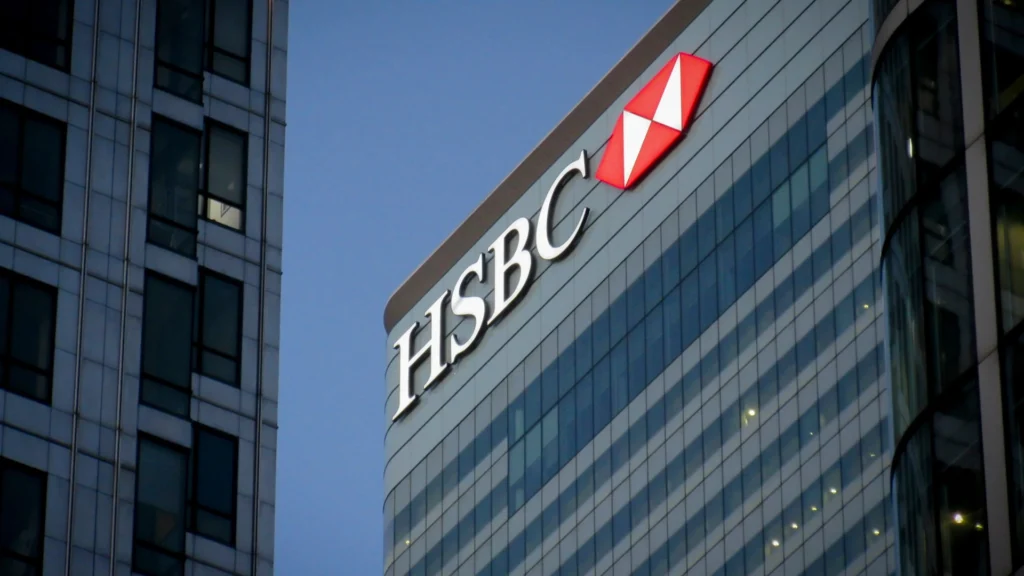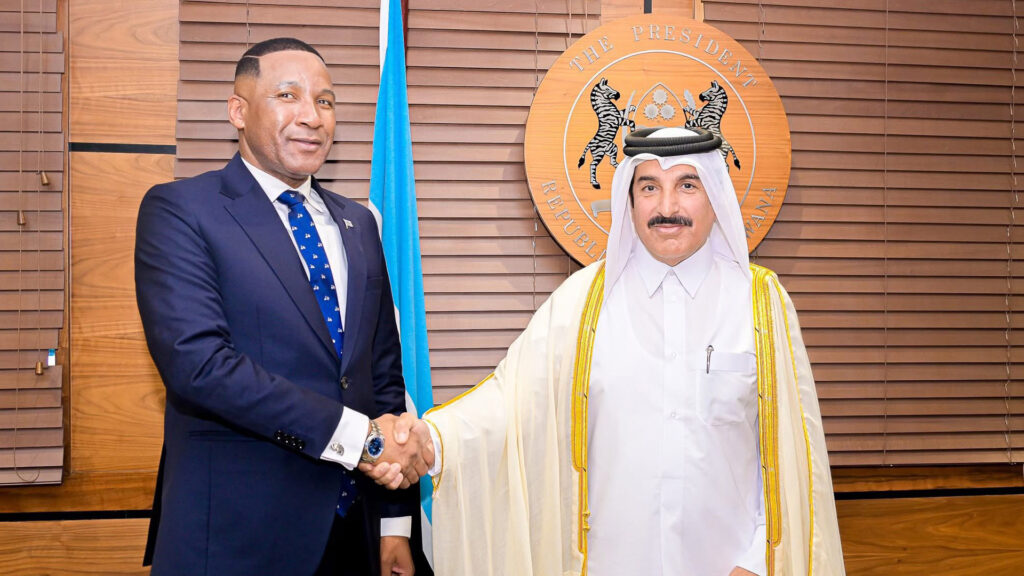In a series of statements that have captured the attention of financial markets, Federal Reserve officials have underscored their commitment to a cautious approach regarding potential interest rate cuts. This stance reflects the complex economic landscape that policymakers must navigate as they work to balance inflation control with sustainable growth.
Bowman’s Hawkish Outlook: Not Yet Time for Rate Cuts
Federal Reserve Governor Michelle Bowman, delivered a clear message in her London speech: the time is not right for lowering interest rates. Bowman emphasized the need for sustained progress toward the Fed’s 2% inflation target before considering any rate reductions.
“Should the incoming data indicate that inflation is moving sustainably toward our 2 percent goal, it will eventually become appropriate to gradually lower the federal funds rate,” Bowman stated. However, she quickly added, “We are still not yet at the point where it is appropriate to lower the policy rate.”
Bowman’s remarks align with the prevailing sentiment among Fed policymakers, who have consistently called for more evidence of inflation control before easing monetary policy.
Upside Risks and Potential for Further Tightening
Despite recent data showing moderating inflation, with the Fed’s preferred indicator running just under 3%, Bowman remains vigilant about potential risks. She expressed openness to further rate hikes if inflation progress stalls or reverses, highlighting the delicate balance the Fed must maintain.
“I remain willing to raise the target range for the federal funds rate at a future meeting should progress on inflation stall or even reverse,” Bowman cautioned, underscoring the Fed’s data-dependent approach.
Cook’s Optimism and Long-Term Outlook
In contrast to Bowman’s more hawkish stance, Fed Governor Lisa Cook offered a cautiously optimistic view. Cook projected more significant progress on inflation by 2025, suggesting that rate cuts could be on the horizon, albeit not immediately.
“With significant progress on inflation and the labor market cooling gradually, at some point, it will be appropriate to reduce the level of policy restriction to maintain a healthy balance in the economy,” Cook explained to the Economic Club of New York.
Diverging Global Monetary Policies
Bowman also touched on the potential divergence between U.S. monetary policy and that of other advanced economies. This insight comes as the European Central Bank recently lowered its key rates, highlighting the unique challenges and considerations facing the Federal Reserve.
Upcoming Economic Indicators
The financial world eagerly awaits the Commerce Department’s release of the May personal consumption expenditures price index, the Fed’s preferred inflation gauge. Economists surveyed by Dow Jones anticipate a 12-month inflation rate of 2.6% for both all-items and core metrics, excluding food and energy prices.
Consensus Among Fed Officials: Patience is Key
The statements from Bowman and Cook align with recent comments from other Fed officials, including San Francisco Fed President Mary Daly and Chicago Fed President Austan Goolsbee. The collective message emphasizes patience and data dependence in monetary policy decisions.
Industry Insight: Implications for Markets and Businesses
For businesses and investors, the Fed’s cautious stance signals a period of continued high interest rates. This environment may prolong challenges for sectors sensitive to borrowing costs, such as real estate and capital-intensive industries. However, it also reflects the Fed’s commitment to long-term economic stability, which could bolster confidence in the U.S. economy’s fundamental strength.
As the Federal Reserve continues to navigate this complex economic landscape, market participants will need to stay attuned to economic indicators and Fed communications for clues about the future direction of monetary policy. The coming months promise to be a critical period for assessing the impact of the Fed’s current policy stance and the potential for any shifts in the economic outlook.



